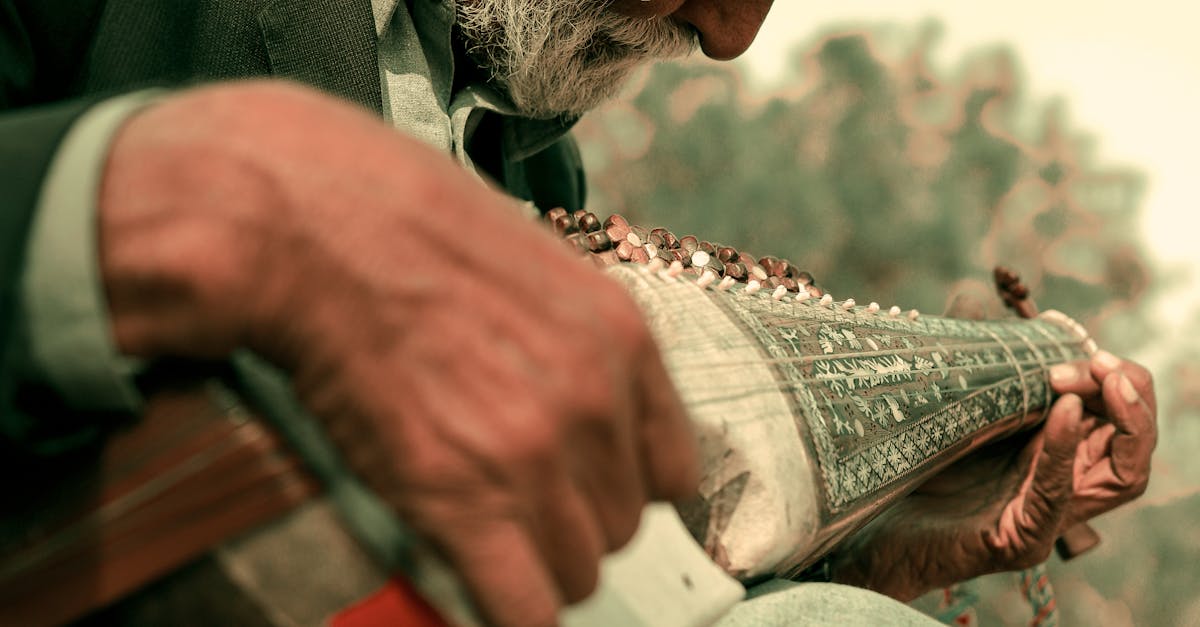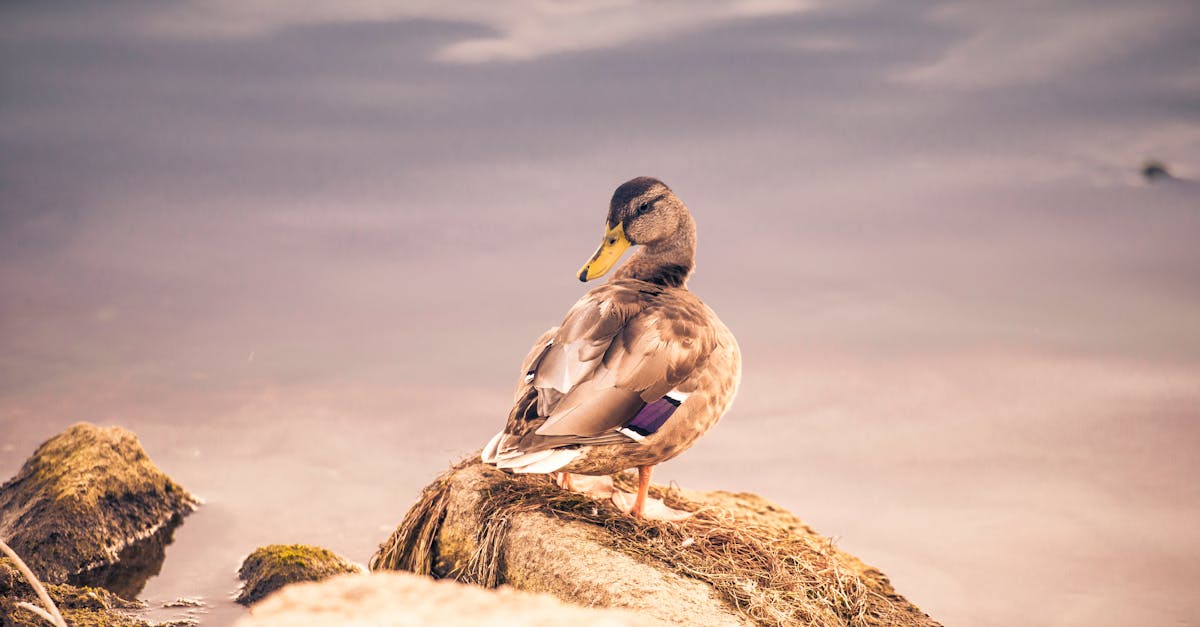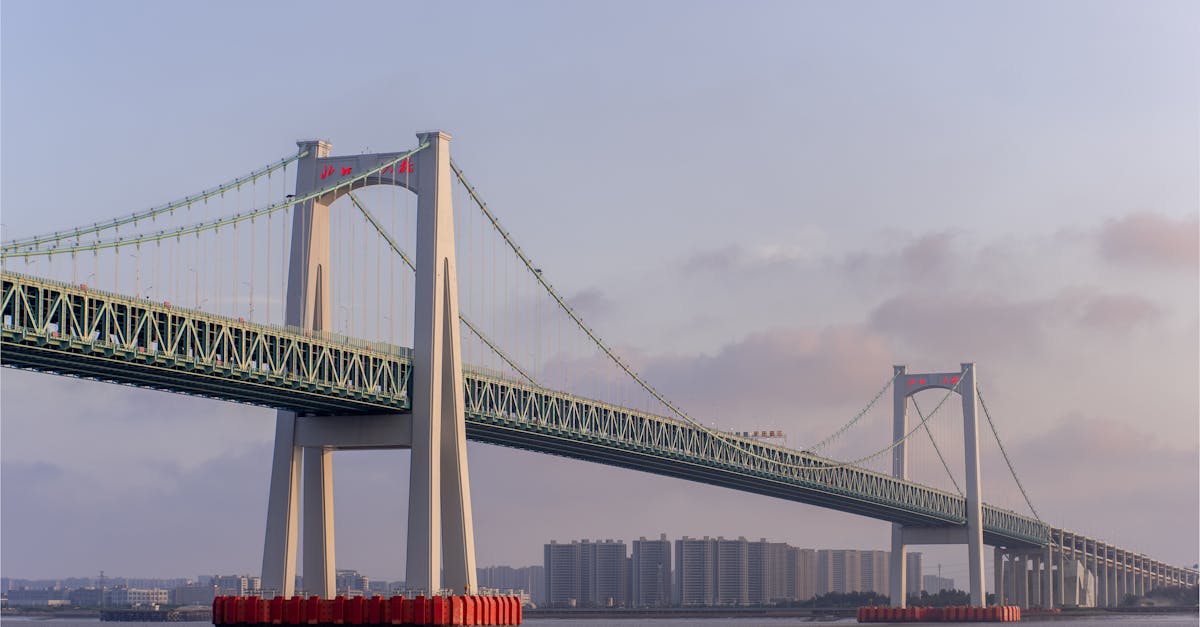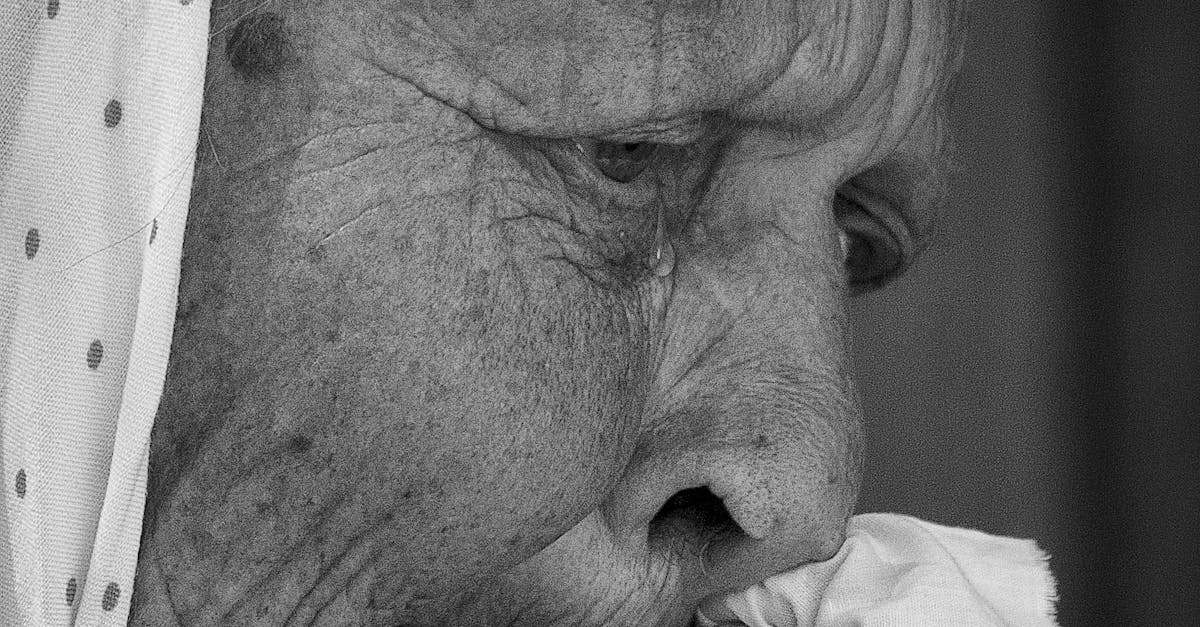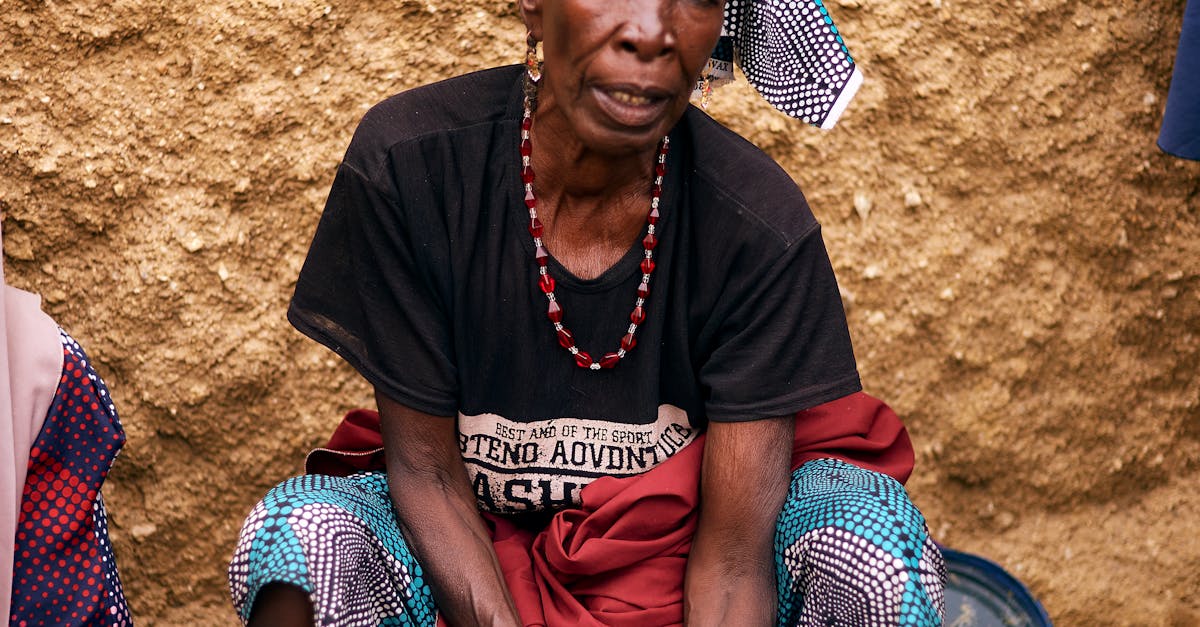Cascade Mountains
-
The Cascade Range, located in the Pacific Northwest of the US and Canada, is a prominent mountain range known for its stunning scenery including snow-capped peaks, glaciers, and lush forests.
-
It’s a geologically active region formed by the subduction of the Juan de Fuca Plate under the North American Plate. This ongoing process fuels volcanic activity.
-
The range contains both non-volcanic mountains and a series of volcanoes known as the High Cascades. Stratovolcanoes are the most common type found here.
-
Mount Rainier, at 4,392 meters, is the highest peak.
-
The Cascades are part of the Pacific Ring of Fire, and all historically recorded eruptions in the contiguous US have originated from Cascade volcanoes.
-
Recent research highlights that long-dormant Cascade volcanoes still possess significant magma reservoirs beneath them, making them newsworthy due to the potential for future volcanic activity. This underscores the ongoing geological activity within the range.
Swavalambini
-
Empowering Women Entrepreneurs in Northeast India: Swavalambini aims to equip female students in Northeastern HEIs with entrepreneurial skills, resources, and mentorship.
-
Collaboration and Launch: Launched by MSDE in collaboration with NITI Aayog, the program involves 9 colleges and universities across Assam, Meghalaya, and Mizoram. Union Minister Jayant Chaudhary inaugurated the program.
-
Structured Stage-wise Approach: A multi-stage process, starting with awareness programs (EAP for 600 students), followed by intensive training (EDP for 300 students), mentorship, and funding support.
-
Comprehensive Training: The EDP includes 40 hours of training covering business aspects like finance, market linkages, legal support, and networking. Six months of mentorship follows the training.
-
Faculty Development: A 5-day Faculty Development Programme (FDP) will upskill HEI faculty to better mentor students.
-
Recognition and Awards: Successful ventures will be recognized and awarded to inspire others, aiming for 10% of EDP trainees to launch successful enterprises.
-
Alignment with National Policies: Builds upon the National Education Policy 2020’s emphasis on entrepreneurship and skill development.
-
Government Support: The program complements other government initiatives promoting women entrepreneurship, such as Startup India and Stand-Up India.
-
Focus on Sustainability: The program aims to create sustainable women-led enterprises through workshops, mentoring, and seed funding.

Bhimgad Sanctuary
-
The Karnataka government’s plan to open Bhimgad Wildlife Sanctuary (BWS) for a wildlife safari is facing strong opposition from environmentalists.
-
BWS, declared a sanctuary in 2011, is located in Belgaum district, Karnataka, and is near other significant sanctuaries and national parks. It’s situated in the Western Ghats.
-
The sanctuary is rich in biodiversity, housing tigers, elephants, king cobras, and other animals. It also contains the Barapede caves, the only known breeding ground for the endangered Wroughton’s free-tailed bat.
-
An 18km stretch of the sanctuary is proposed for the safari, a move criticized for potentially harming the fragile ecosystem.
-
Environmental concerns include increased human activity, habitat disruption, commercial development, and deforestation to build infrastructure for tourists.
-
The sanctuary’s existing human population (around 3000 people across 13 hamlets) already faces challenges with limited access to basic amenities. The safari project is seen as exacerbating this situation.
-
The plan is controversial because it opens a protected area with restricted public access to large-scale tourism.
-
Environmentalists plan to protest the government’s decision.
Marsupials
-
Successful kangaroo embryo creation via IVF: This is a first for marsupials and offers hope for conservation efforts.
-
Conservation implications: The technique could be crucial for saving endangered marsupial species, many of which are found only in Australia.
-
High extinction rate in Australia: Australia, home to most marsupial diversity, also has the world’s highest mammal extinction rate, with significant losses since colonization.
-
Marsupial characteristics: Marsupials are mammals known for their pouches, though not all have them. They give birth to underdeveloped young that complete development in the pouch. Examples include kangaroos, koalas, Tasmanian devils, and opossums.
-
Geographical distribution: Marsupials are primarily found in Australia and South America.
-
IVF process: IVF involves fertilizing eggs outside the body and then implanting the resulting embryo. This is now successfully applied to marsupials for the first time.
-
Significance of the research: The study provides valuable insights into marsupial reproduction, which is crucial for effective conservation strategies.
TROPEX-25
-
TROPEX-25, the Indian Navy’s biennial Theatre Level Operational Readiness Exercise, is underway in the Indian Ocean Region.
-
It’s a large-scale, three-month exercise (Jan-Mar 2025) involving all Indian Naval units, plus significant participation from the Indian Army, Air Force, and Coast Guard.
-
The exercise aims to validate the Indian Navy’s warfighting capabilities and ensure a coordinated response to various threats (conventional, asymmetric, hybrid) in a contested maritime environment.
-
Approximately 65 naval ships, 9 submarines, and over 80 aircraft are participating, including the Vikrant aircraft carrier, Visakhapatnam and Kolkata-class destroyers, and Kalvari-class submarines.
-
Air assets include MiG 29K, P8I, HALE Sea Guardian, and MH-60R helicopters, along with IAF Sukhoi-30, Jaguar, C-130, Flight Refueller, and AWACS aircraft. The Indian Army contributes an Infantry Brigade, and the Coast Guard over 10 ships and aircraft.
-
The exercise features harbor and sea phases, incorporating various facets of combat operations, cyber and electronic warfare, live weapon firings, and amphibious exercises.
-
TROPEX-25 focuses on enhancing inter-service synergy and improving coordinated planning, targeting, combat effectiveness, and joint operations to protect India’s maritime interests.
Safai Karamcharis Commission
- The Union Cabinet extended the National Commission for Safai Karamcharis (NCSK)’s tenure for three years.
- The NCSK, under the Ministry of Social Justice and Empowerment, works to end manual scavenging and improve sanitation workers’ conditions.
- The extension costs ₹50.91 crore over three years and aims to reduce sanitation worker fatalities.
- NCSK’s current non-statutory status hinders its effectiveness; it advocates for statutory status.
- Initially established in 1994 under the National Commission for Safai Karamcharis Act, 1993, it lost its statutory status in 2004 when the Act lapsed.
- Key functions include monitoring the Prohibition of Employment as Manual Scavengers and their Rehabilitation Act, 2013, investigating grievances, recommending welfare programs, and studying sanitation workers’ conditions.
- It’s the sole body tracking sewer deaths nationwide.
- The NCSK Chairperson highlighted staff shortages as a challenge.
Donkey Trail
-
The “donkey route” is an illegal immigration pathway used by migrants to reach countries like the US or UK.
-
It involves traversing multiple countries via indirect routes, often through treacherous terrain.
-
Migrants utilize the services of agents and human traffickers who charge exorbitant fees for forged documents and smuggling.
-
The route is characterized by significant risks, including death, injury, starvation, and theft.
-
Recent deportees from the US to Amritsar shared harrowing tales of their journeys, highlighting the dangers and exploitative nature of the “donkey route.”
-
These migrants often obtain visas for places like the Schengen Area and then illegally enter their final destination.
-
Deportees reported spending large sums of money (upwards of Rs 30-42 lakh), often borrowed, only to face exploitation and endangerment.
-
The Schengen Area is a group of European countries with abolished border controls, sometimes exploited in the “donkey route.”
-
The recent news focuses on a group of 104 Indian deportees from the US who used this route.

M23 Conflict
- M23 rebels, a Tutsi-led group in the Democratic Republic of Congo (DRC), recently captured Goma, a key city in the mineral-rich east.
- M23’s formation stemmed from the Congolese government’s alleged failure to implement a 2009 agreement promising integration of former rebels into the army and better minority representation.
- The group claims to protect Congolese Tutsis and other minorities from Hutu groups that fled Rwanda after the 1994 genocide.
- Rwanda is accused of backing the M23 rebels.
- The conflict has led to a humanitarian crisis, including reports of mass rapes and the burning alive of hundreds of female prisoners in Goma.
- The M23 operates in North Kivu province, bordering Rwanda and Uganda, and has over 8,000 fighters.
- The conflict is one of many in the DRC’s volatile east, where over 100 armed groups are active.
- The group’s actions are in the news due to the capture of Goma, allegations of Rwandan support, and the severe human rights abuses reported.
Daya River
- The Daya River in Odisha, India, is facing severe pollution, leading to six deaths from suspected diarrhoea.
- Activists are planning indefinite protests demanding government intervention to clean the river.
- The Daya River is historically significant, believed to have turned red with blood during the Kalinga War (261 BCE), influencing Emperor Ashoka’s conversion to Buddhism.
- The river flows through Khurda and Puri districts, emptying into Chilika Lake, India’s largest coastal lagoon.
- The Daya River supports wetland biodiversity, providing habitat for fish and migratory birds. It’s a tributary of the Mahanadi River.
- Activists also demand that the Gangua nullah be recognized as a river, citing its historical name, Gandhabati River.
- The pollution of the Daya River highlights the need for environmental protection and improved sanitation in the region.
- The river serves as a source of drinking water for communities nearby.
Shatavari: Asparagus Benefits
-
Shatavari (Asparagus racemosus), a medicinal plant known as the “Queen of herbs” in Ayurveda, is the focus of a new nationwide campaign, “Shatavari – For Better Health,” launched by the Ministry of Ayush.
-
The campaign aims to raise awareness about Shatavari’s health benefits, particularly for women’s health.
-
Shatavari is traditionally used to treat various women’s health issues and possesses tonic, diuretic, and galactagogue properties. It also shows promise in ulcer healing.
-
The plant’s dried roots are used medicinally.
-
The campaign is part of a broader effort to promote traditional medicine and medicinal plants in India, aligning with the “Panch Pran” goal of a developed India by 2047.
-
Financial assistance of ₹18.9 Lakhs will be provided to support the campaign’s outreach.
-
Shatavari is found in various parts of Asia, Australia, and Africa, including several regions of India.
-
Previous successful campaigns by the National Medicinal Plants Board (NMPB) focused on other medicinal plants like Amla, Moringa, Giloe, and Ashwagandha.



